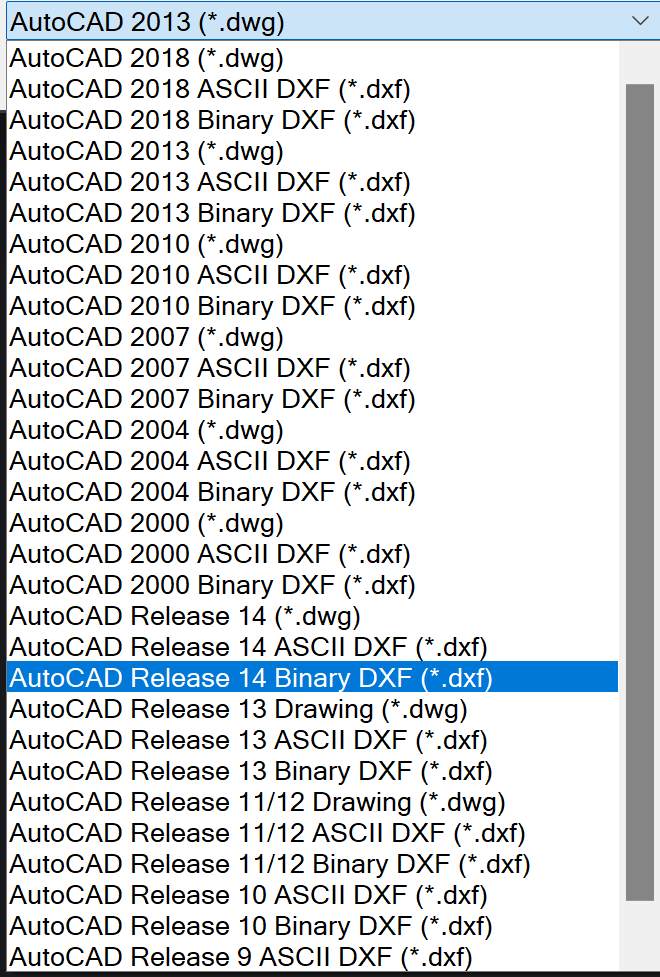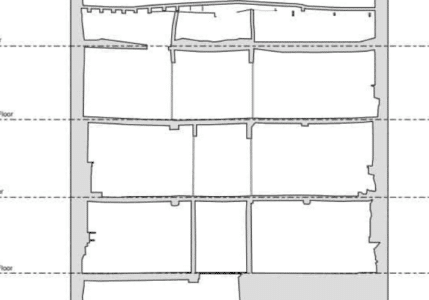Exploring AutoCAD DWG & DXF file formats
Demystifying Autodesk's DWG and DXF File Formats: Understanding the Differences

Introduction
When it comes to computer-aided design (CAD) software, Autodesk's DWG and DXF file formats are widely used and often mentioned. However, understanding the differences between these two formats can be confusing. In this blog post, we will shed light on the dissimilarities, helping you make informed decisions for your CAD projects.
DWG: The Native Autodesk Format
DWG (Drawing) is Autodesk's proprietary file format and the native format for their CAD software, such as AutoCAD. It is specifically designed to store and exchange 2D and 3D design data. DWG files can contain a wide range of information, including geometry, layers, colors, materials, annotations, and much more. They are highly compatible with Autodesk software and retain a higher level of fidelity when collaborating within the Autodesk ecosystem.
DXF: The Open Standard Format
DXF (Drawing Exchange Format) is another file format developed by Autodesk. Unlike DWG, DXF is an open standard, meaning it can be used and supported by various CAD software from different vendors. DXF files serve as a universal intermediary format for exchanging CAD data between different programs. They are text-based and contain ASCII codes, making them human-readable and platform-independent.
Key Differences
- Proprietary vs. Open Standard: DWG is proprietary to Autodesk, while DXF is an open standard that can be read by multiple CAD software.
- Complexity: DWG files tend to be more complex and support advanced features specific to Autodesk software, whereas DXF files focus on essential geometric information.
- Compatibility: DWG files are ideal for collaboration within the Autodesk ecosystem, ensuring higher fidelity. DXF files, on the other hand, promote interoperability among different CAD programs.
- Size: DWG files are generally larger in size due to their comprehensive data structure, while DXF files are typically smaller because they prioritize geometric data
Conclusion
Understanding the differences between Autodesk's DWG and DXF file formats is essential for CAD users. While DWG is the native format for Autodesk software, DXF serves as an open standard, promoting interoperability. Both formats have their strengths, and choosing the right one depends on your specific needs and collaboration requirements.
Steve Bury is the Managing Director of Bury Associates, a land and measured building survey company based in the UK. With over 40 years of experience in surveying, Steve Bury established Bury Associates in 1997 to combine the provision of high quality digital surveys with exceptional customer service. Steve has also designed software applications for measuring buildings to automatically create survey drawings.










